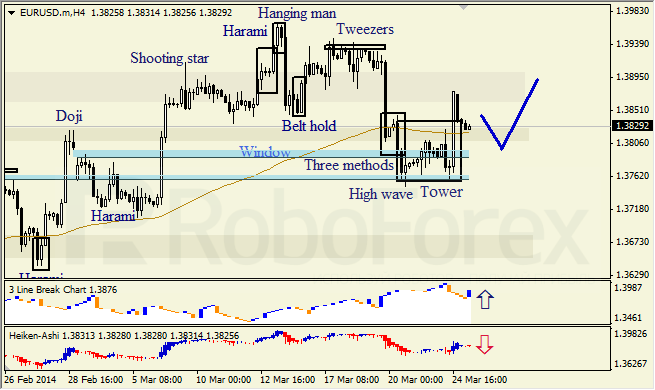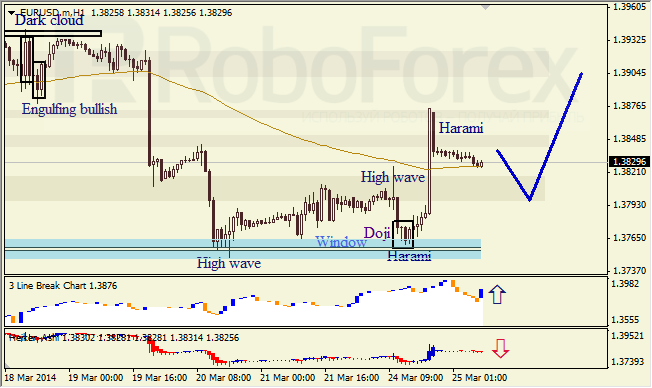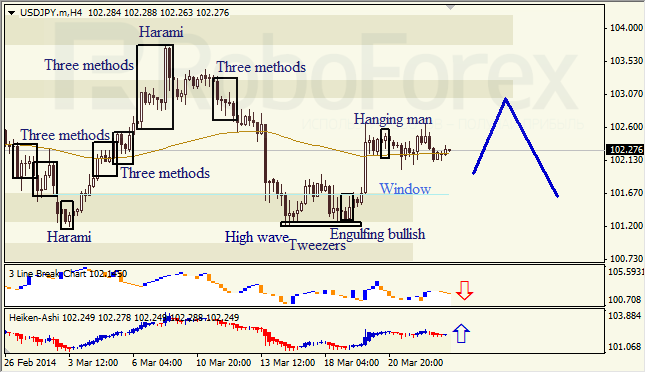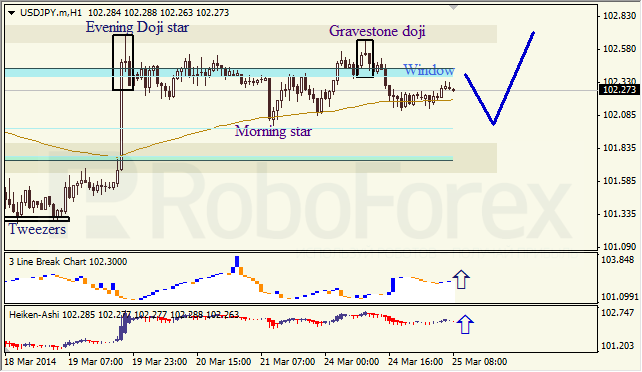By MoneyMorning.com.au
Last week, Martin Weale of the Bank of England said:
‘Interest rates could rise within a year, and risk going up sharply if inflationary pressures begin to build.‘
And that sentiment had the markets jumping (or should I say falling?) to attention. Well, of course it would. When interest rates rise, that’s when the house of cards finally topples.
The West is over-borrowed, and rising interest rates would cripple governments, businesses, and individuals alike. But just as importantly, low rates are exactly what have gee’d up most investment assets classes over the last five years. Shakers…is it all about to go pear-shaped?
The truth is, nobody knows exactly when the big interest rate reset will come. Here at The Right Side, I’ve been a proponent of the ‘Interest Rates will stay lower, and longer, than anyone believes’. And investing in stocks and fixed interest off the back of this belief has seen great returns over the last five years or so.
Sure, we don’t ignore market signals. But it always pays to put them in context.
What’s causing inflation?
Monetary Policy Committee member Martin Weale was wheeled out last week to warn about an imminent rate rise. His rather spurious argument goes along these lines…
The economy is doing rather well. That means people are buying more stuff. And there’s not enough ‘capacity’ (the ability to create goods and services) to allow this growth in demand to continue without pushing up prices. We should get ready to see inflation rise…and in order to tame it, rates will be going up. Quite possibly sooner than the markets believe.
Now, of course, there are some elements of truth in this idea – if there’s scarcity of supply, prices tend to go up. But are we really living in such a world? I mean, when inflation has gone up in the recent past, was it down to large queues developing at the hairdressers, or butchers? Was it a lack of baked beans on the shelf?
No. Where inflation has cropped up, it’s been down to rising global energy and commodity prices. It’s been because the pound has been weak. Yes, possibly because some clever pricing strategies and collusion in specific sectors like aviation, insurance and banking. But price rises have rarely been driven by limited capacity.
The truth is, these guys are regularly wheeled out to send out the same message. To give the sense that rates are about to go up. They need to do this to placate angry savers, and in a vain effort to quell the housing market.
There’s always an excuse to keep interest rates down
Bonds, stocks, house prices…all these things are ‘priced-off’ low interest rates. And last week’s market weakness was directly proportional to the fact that ‘players’ now believe rates may rise sooner than expected.
Well…it’s the market’s prerogative to jump on every utterance from a central bank, or after the publication of some bit of data. But over the medium- to long-term, this is all just market noise.
Over the last five years or so, the market has consistently priced in an imminent rate rise. And it’s always been wrong. During the financial crisis, the ‘emergency rates’ were seen as just that, an emergency level. And then, the curve has always kind of factored in rising rates a year or two out.
But it’s funny how when that year or two is up, the rise never occurs. Something always seems to crop up which justifies low rates. Yet, they maintain the illusion that rising rates are just round the corner.
And I’ve got no doubt something will crop up again. I don’t know what. Geopolitical tensions, bad employment data, a swooning stock market. Who cares? The central banker will find an excuse to keep rates bolted to the floor. Of course they do. And in the UK, the biggest borrower of them all still needs to find some £80bn a year to balance the books…so of course the planners need rates to stay low!
When the inflation levee breaks
The only thing that can possibly change the situation is if inflation really does take off. And I’m not talking about the type of gentle inflation in Martin Weale’s computer models. You know, the type of inflation the central banks forecast, ie the forecasts and formulas that never work!
I’m talking about proper inflation. The type that is completely unpredictable. The type of inflation that’s borne of public psychology.
So, the trap is set. Raise rates and risk financial apocalypse. Keep rates low and risk an unpredictable explosion of inflation.
Obviously, the planners go for the latter option. After all, what sane person would induce a controlled collapse? Better to go for the uncontrolled type…you can always blame that on events outside your control.
Let’s look on the bright side. This means more asset price inflation for the moment. And anyway, over the medium- to long-term we can still look to other markets for sanity. Markets like Africa, the Far East…or even…yes, Russia!
Bengt Saelensminde,
Contributing Editor, Money Morning
Ed note: The above article was originally published in MoneyWeek.
Join Money Morning on Google+

By MoneyMorning.com.au












